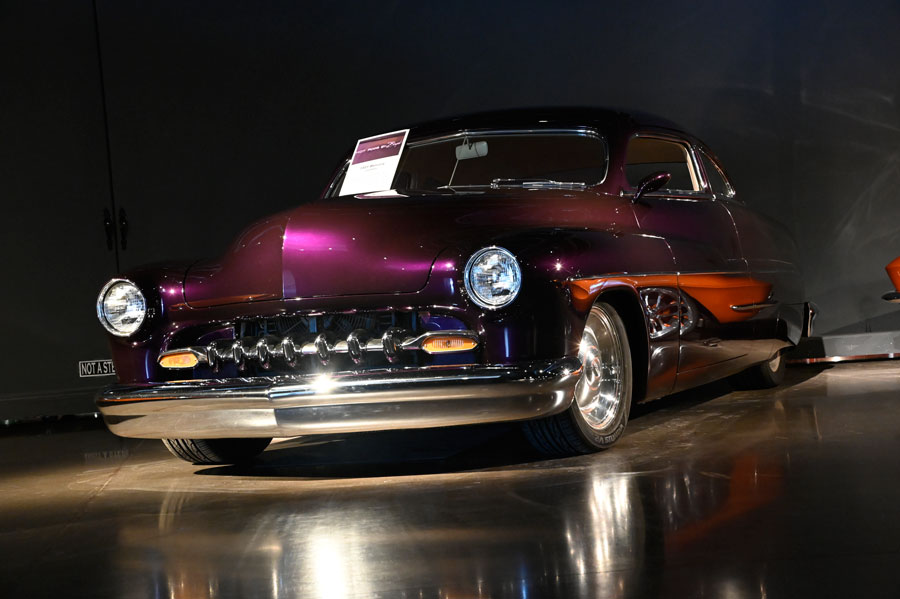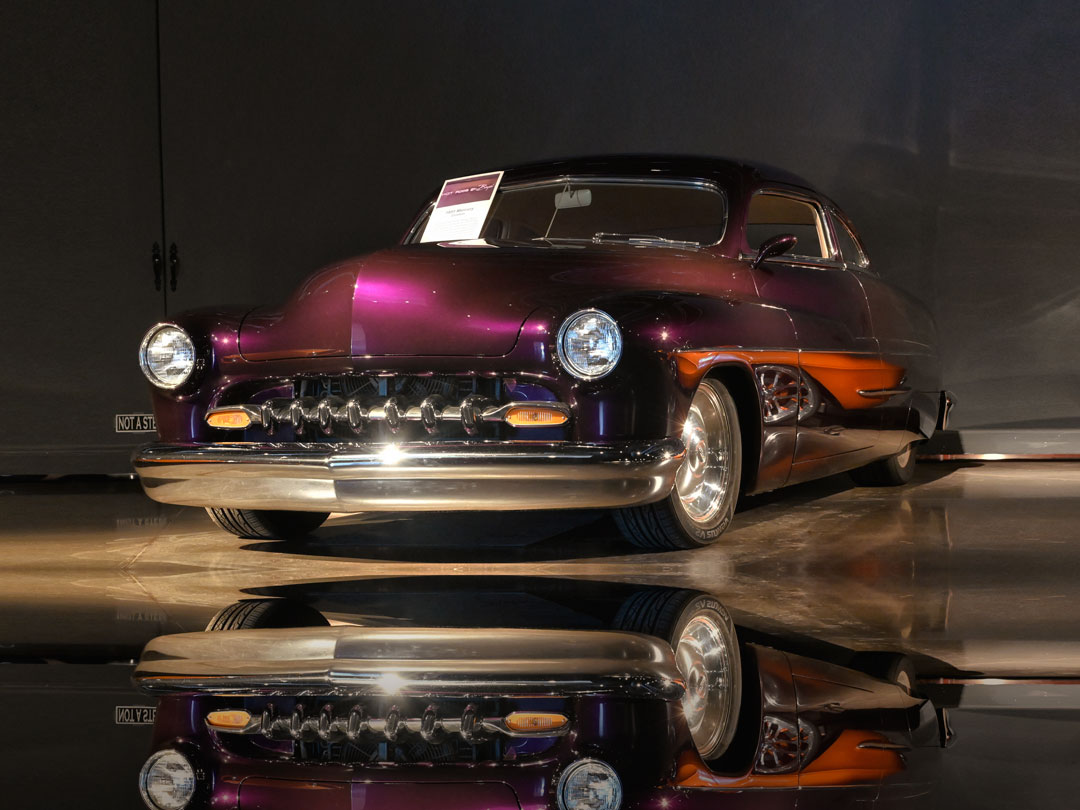Today’s Post by Joe Farace
Noise, like film grain before it must be avoided at all costs because it degrades the images.—said somebody once upon a time
 Noise in digital photographs is the visual equivalent of the static that you sometimes hear in AM radio signals and most digital cameras add some level of noise to captured images. Camera noise is spread across the frequency spectrum and includes fine and coarse components. In traditional photography the nearest equivalent is film grain. Like film grain, digital noise is noticeable in images that are shot at higher ISO settings and may be more visible in areas of uniform color, such as skies and shadows. Digital sensor noise may also be increased when long digital exposures are made under low-light conditions, such as night photography and noise is always more obvious in areas of underexposure.
Noise in digital photographs is the visual equivalent of the static that you sometimes hear in AM radio signals and most digital cameras add some level of noise to captured images. Camera noise is spread across the frequency spectrum and includes fine and coarse components. In traditional photography the nearest equivalent is film grain. Like film grain, digital noise is noticeable in images that are shot at higher ISO settings and may be more visible in areas of uniform color, such as skies and shadows. Digital sensor noise may also be increased when long digital exposures are made under low-light conditions, such as night photography and noise is always more obvious in areas of underexposure.
Noise varies with color and brightness and it is different for every camera but blue-channel noise is usually higher than in other channels and shadow noise is typically higher than brighter areas. Too much image compression produces an effect that appears to be noise but is really just JPEG artifacts, which is an entirely different problem. Digital cameras with physically larger (not just megapixels) sensors tend to produce less noise than those with (physically) smaller sensors because the size of the chip allows larger pixels to absorb more light. That is, of course, the big rap that many people have against the Micro Four-thirds system. The image sensor of Four Thirds and MFT measures 18 x 13.5mm with an imaging area of 17.3 x 13.0mm.

How I Made this Shot: I photographed this “Lead Sled” in the Vehicle Vault in Parker, Colorado. The camera used was a Nikon D780 DSLR with VR 24-120mm f/4G lens at 62mm. The D780 has a 35.9 x 23.9mm sensor and a remarkable tolerance for coping with digital noise created at high ISO settings. Exposure for this image was 1/30 sec at f/11 and ISO 8000. The reflection on floor was created with Flaming Pear Software’s Flood plug-in. Compare this image to the original, as-captured JPEG in the upper right-hand side of this post.
Like film grain, digital noise has many causes: Dark noise is produced by heat that’s produced in the camera’s sensor during image capture. That dark current produced ends up being collected along with the data from light passing through the lens. Random noise is created by fluctuations within the camera’s circuitry or even from electromagnetic waves outside the camera. Signal noise is caused by fluctuations in the distribution of how light strikes an image sensor. You’ll sometimes hear the term signal-to-noise-ratio ratio, which is a measure of signal strength relative to background noise. Amplified noise is caused by selecting high ISO speeds and is the digital equivalent of chemically “pushing” film in order to achieve greater light sensitivity. Then there’s accumulative noise, which is caused by shooting with slower shutter speeds.
If noise is the problem, digital noise reduction software is one of the solutions. Most of today’s noise reduction software relies on wavelet theory, which is a mathematical method that allows it to identify and suppress noise at different frequencies, locations and color channels. There lots of different noise reduction products available for Mac OS and Windows computers. Keep in mind that your camera and the kind of images you make may be different than mine, so download a demo version of any product that sound interesting and give them a try.
 If you enjoyed today’s blog post and would like to treat Joe to a cup of Earl Grey tea ($3.50), click here. And if you do, many thanks.
If you enjoyed today’s blog post and would like to treat Joe to a cup of Earl Grey tea ($3.50), click here. And if you do, many thanks.
Along with photographer Barry Staver, I’m co-author of Better Available Light Digital Photography that’s available from Amazon with used copies starting around five bucks, as I write this.